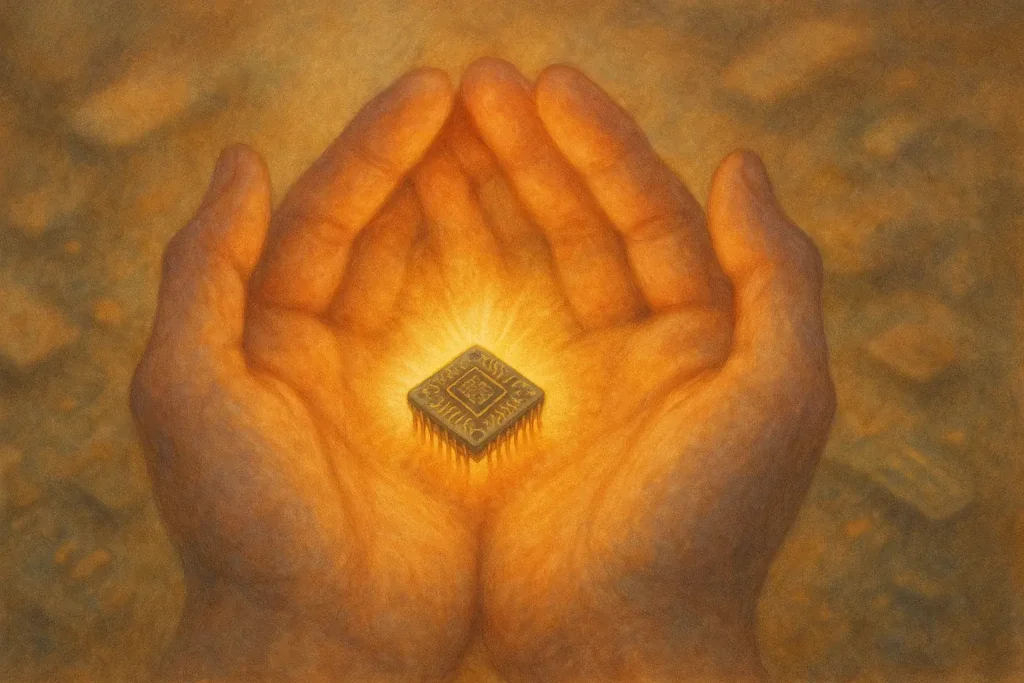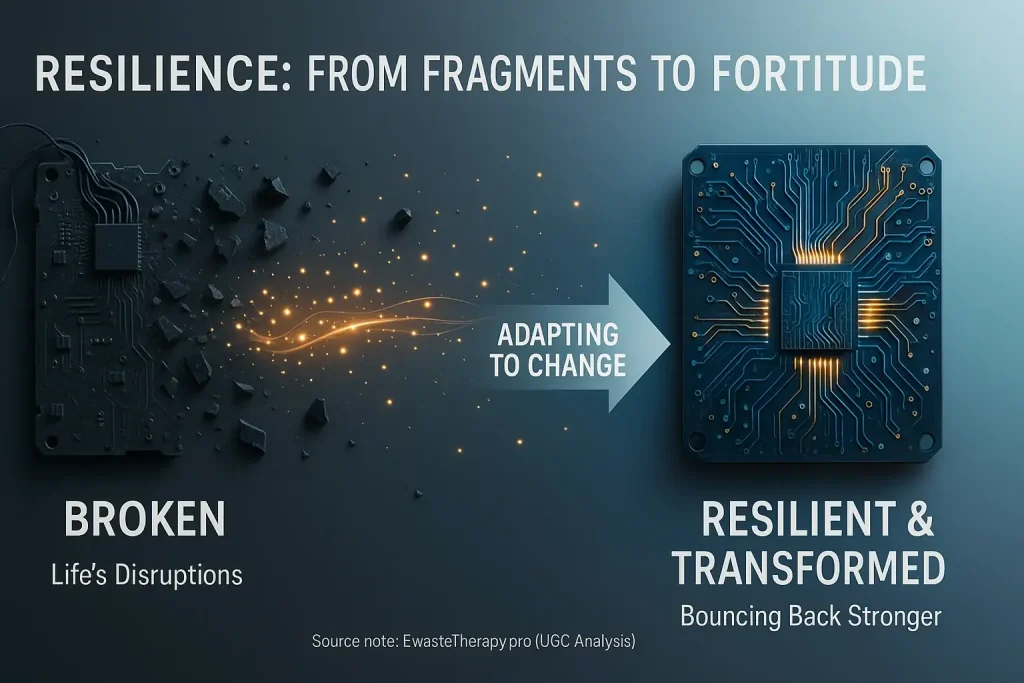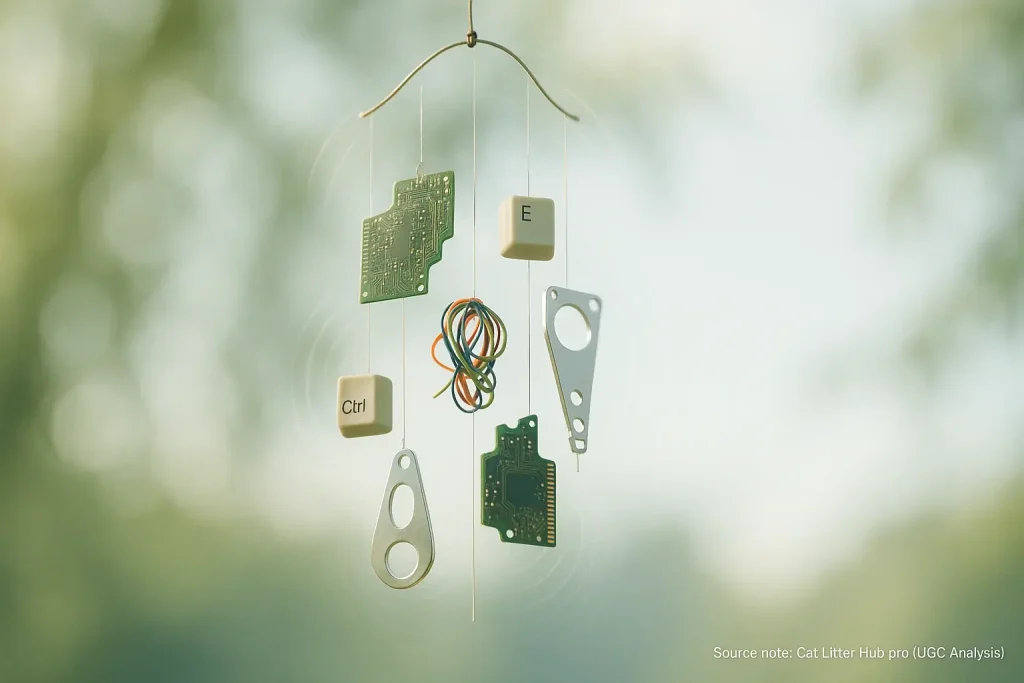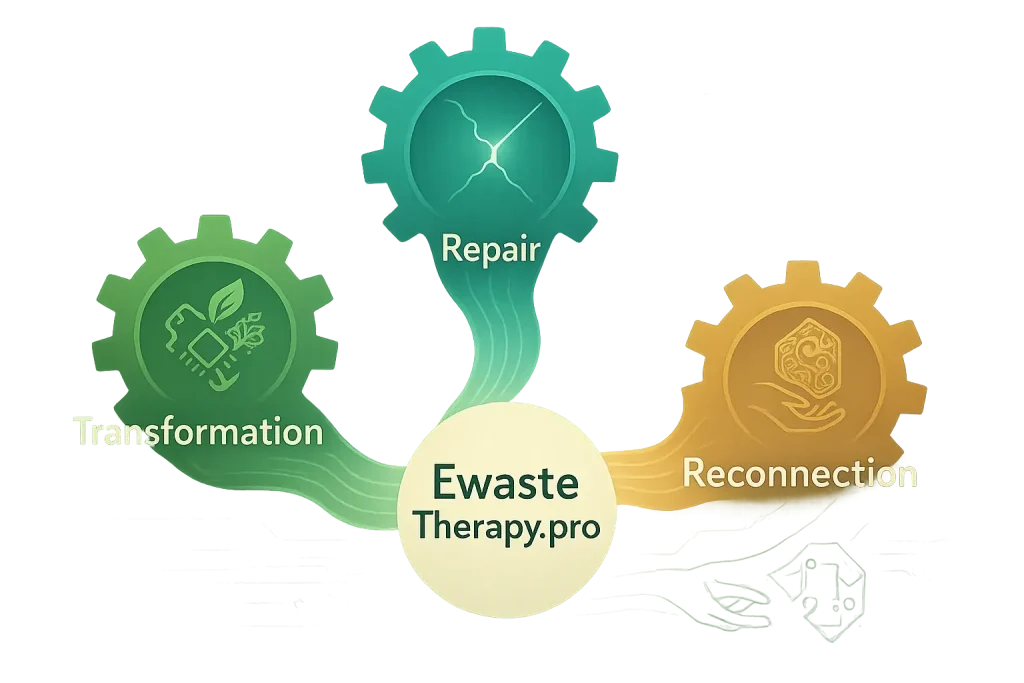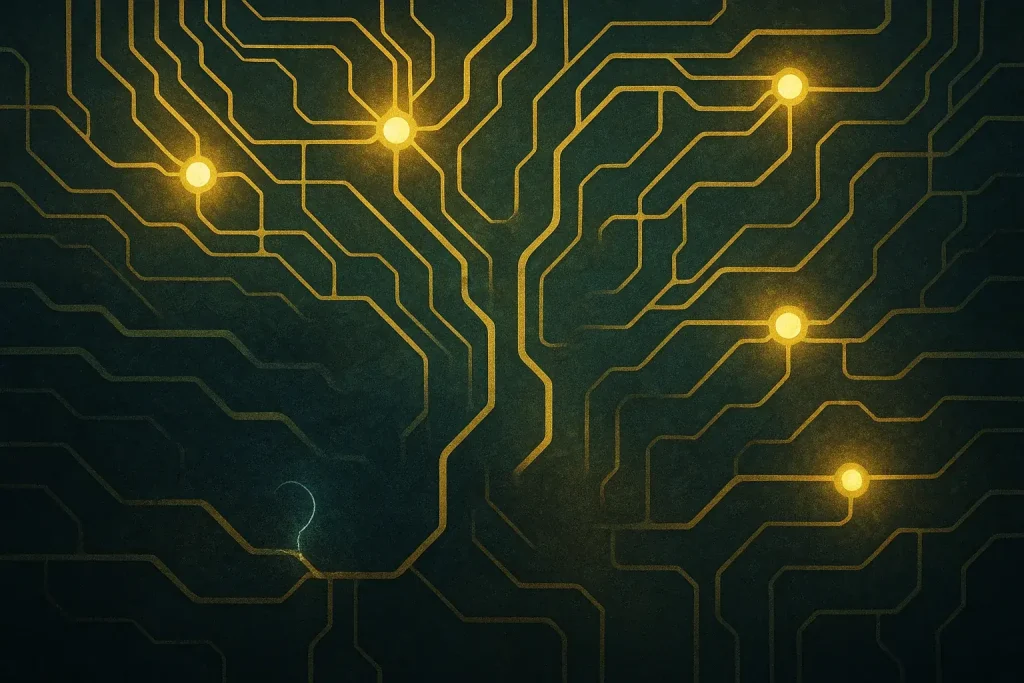Silencing the Inner Critic: Your E-Waste Art Journey to Self-Compassion
Ever feel that nagging voice inside, constantly pointing out flaws or whispering "not good enough"? This voice is your inner critic. Our community's experiences show it is a common, often draining, internal presence. This critic frequently undermines self-worth. It stifles creativity and can significantly diminish joy.
E-waste art therapy offers a surprisingly powerful, hands-on antidote. Many find working with discarded tech provides a unique way to address this. Imagine giving that critical voice a physical form, something you can actually see, touch, and then begin to transform. This externalization makes the abstract critic tangible, more approachable.
The core benefit we observe is profound. This creative engagement helps shift focus from self-criticism. It fosters a pathway towards genuine self-compassion and deeper understanding. Users consistently report this journey as one of healing and personal growth through artistic dialogue.
The Inner Critic Unmasked: What That Voice Really Sounds Like (and Why It's There)
The inner critic often operates with stealth. This voice isn't always a booming, harsh command from within. Sometimes, it’s a quiet whisper of self-doubt. It can be a subtle nudge towards endless, draining perfectionism, or the paralyzing fear of trying something new. Many exploring e-waste art share a common story. They start a piece, full of initial spark. Then that familiar voice interjects: "This isn't good enough. Why even bother?" Creative joy vanishes.
Now, for a revelation many find surprising. That relentless inner critic? It often genuinely believes it is helping you. This is the core of its paradox. Its perceived mission is protection. It aims to shield you from potential failure, harsh criticism, or the sting of judgment it anticipates. This critical voice frequently forms from past negative experiences, a deeply ingrained, albeit misguided, coping strategy that tries to keep you safe by keeping you small.
So, how do you counter this internal saboteur? Your first crucial step involves careful observation. You must learn its specific dialect. What are its go-to phrases of discouragement? When does it typically pipe up? Pinpointing these precise words and recurring scenarios is essential. Once you clearly identify its patterns—name that voice, name its tactics—you begin to reclaim your power. You start to disarm its influence.
E-Waste Art: A Tangible Dialogue with Your Inner Critic
E-waste art provides a physical form for your inner critic. Discarded components uniquely reflect the 'broken' feelings this critic often exploits. This tangibility is powerful. When that harsh voice becomes an actual object, our findings show it loses some of its abstract dominance. You can observe it, handle it, and begin a new kind of conversation.
The therapeutic process begins with selecting specific e-waste pieces. Sharp fragments might symbolize biting criticisms; tangled wires could represent confusing self-talk. This thoughtful assembly becomes a profound, non-verbal dialogue with your inner judge. Many users find that simply holding a piece of e-waste they have assigned to their critic helps them feel more in control. It is like they are finally facing it head-on.
This externalization offers a crucial advantage: safety. Unlike purely internal mental battles, this art-making provides a contained experience. You control the materials. You direct the process. You shape the ultimate narrative of transformation. This is where genuine change often takes root, fostered by your active engagement with the once-daunting critic.
Build Your Inner Critic's E-Waste Avatar: A Creative Prompt Tool
What Does Your Inner Critic Look Like?
Choose the traits that best describe your inner critic, and we'll suggest components to bring its form to life. This is your first step to understanding it better.
This tool guides your first tangible step toward understanding your inner critic. It translates abstract feelings into concrete e-waste component ideas. These suggestions form a personalized prompt, not a final answer, for your creative journey.
From Judge to Guide: Transforming Your Inner Critic with E-Waste Art
The real magic? Not silencing. It means changing its job description. EwasteTherapy.pro research identifies a core principle. This process reframes the inner critic's role. It shifts from purely negative to potentially constructive. Your e-waste art piece becomes a vital medium, facilitating this crucial re-framing.
Imagine talking to that e-waste avatar. You can ask it pointed questions. 'What are you really trying to tell me?' User experiences consistently show its harsh messages hide truth. Often, a fear simply wants acknowledgement. One user created a spiky 'fear-critic' from circuit board fragments; they realized its message was 'Don't get hurt.' This profound shift allowed approaching challenges with caution. Not paralysis.
Understanding its protective intent is key. You integrate its 'warnings' as helpful guidance. Not harsh judgment. This integration fosters genuine self-compassion. It is self-compassion in action. The critic’s energy then redirects. It moves towards self-improvement, not self-sabotage. User journeys analyzed by EwasteTherapy.pro confirm this transformation empowers individuals significantly.
Beyond Criticism: Building Self-Compassion Through E-Waste Art
Self-compassion often blossoms through e-waste art. This creative process, as EwasteTherapy.pro's therapeutic frameworks consistently show, mirrors an inner journey toward self-acceptance. Think about it. You select discarded electronics. An old circuit board, perhaps once seen as 'broken', gains new purpose. It finds new beauty through your hands. This act is a powerful metaphor for self-treatment. Inherent value surfaces. You nurture it.
Accepting imperfection becomes a profound lesson. EwasteTherapy.pro's analysis of user experiences reveals a common theme. Many individuals find that working with imperfect e-waste components helps them embrace their own perceived flaws. A bent wire or a scratched screen is not a defect. These elements become integral parts of the art. They are not reasons to discard the whole piece. One participant, whose journey was documented in our user feedback, shared a moving story. Creating a mosaic from shattered phone screens helped them accept their own 'broken' past, seeing unique beauty in every fragment. This acceptance fosters deep healing.
Increased self-worth is a frequent, powerful outcome. You complete an e-waste art piece. This piece often embodies your transformed inner critic. You are creating more than just art. You build tangible proof of your resilience. You affirm your creativity. You validate your inherent worth. This journey, as EwasteTherapy.pro's research confirms, nurtures inner strength and profound self-acceptance.
Ready to Dialogue? Practical Steps to Start Your E-Waste Art Journey
Ready to give it a try? Starting your e-waste art dialogue is simpler than you think. You do not need fancy tools or art skills. A few safe e-waste bits and an open mind work wonders.
Begin by collecting simple, clean components. Old phone chargers, discarded USB cables, or a few keyboard keys are good starting points. Always prioritize safety. Wear gloves. Work in a well-ventilated area.
Remember, this is not about creating a masterpiece. The process truly matters. Let your intuition guide component selection. What feels right for your inner critic?
Even a small, symbolic piece can open a powerful dialogue. This journey is about self-discovery. One recycled component at a time.
Your Journey to Self-Compassion: A New Dialogue Begins
E-waste art therapy powerfully engages your inner critic. You now hold a unique key to understanding that inner voice. By giving it form, you take back control. This process fosters true transformation.
Embrace this creative journey. Each piece of transformed e-waste is a step towards greater self-compassion and inner peace. Your voice, not the critic's, deserves to be heard. Continue this healing path.
